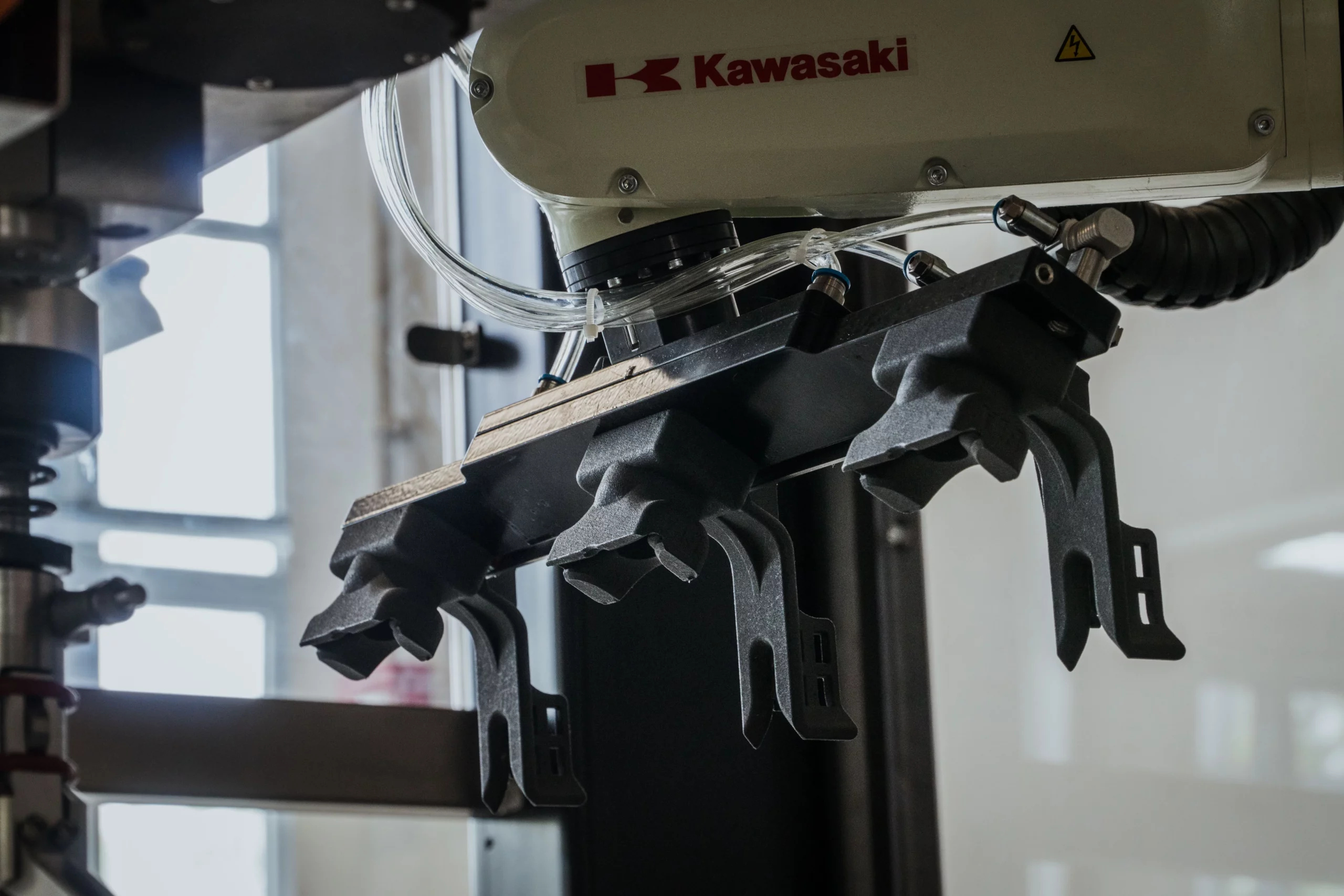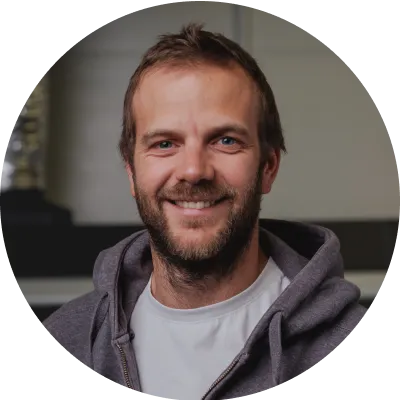The development of additive technologies in recent years has led to quite a revolution in the creation of custom or “tailor-made” machines and devices. Advanced 3D printers allow for the quick and relatively inexpensive production of high-quality parts.
Thanks to this, companies can provide machines, devices, and even vehicles that are better suited to customer needs. Most importantly, they significantly reduce the cost of implementing this type of project.
One of the leading technologies used for this purpose is Multi Jet Fusion, developed by HP. In this article, we will describe the benefits of using this solution for companies.
3D printing in machine production and custom projects: benefits in numbers
3D printing in itself is not an innovative solution. Desktop FDM printers have been an integral part of the process in R&D departments around the world for many years.
However, the quality of the parts created there, both in terms of durability and aesthetics, did not allow them to be used in target devices, especially in advanced and demanding projects, like in machine manufacturing or the automotive industry. Their role was mainly concept verification and basic testing.
Only other 3D printing technologies, such as SLS or those using SLA resin, offer higher quality and precision. However, the HP Multi Jet Fusion (MJF) technology, developed only in 2016, has become particularly attractive for entrepreneurs. It was developed for use in industry and production.
Parts created in HP MJF printers are perfect for custom projects and machine production due to features such as:
- High strength, the same on each axis,
- Printing precision with an accuracy of ±0.2 mm,
- Ability to produce large parts and complex geometries,
- Low production cost from 1 piece,
- Fast implementation time.
However, to further understand all the benefits this technology can provide, you need to analyze the potential impact on both your capital expenditure (CAPEX) and your company’s operating costs (OPEX).
So what can a company producing machines or other custom devices get?
Increase the prices of your machines and projects by 15-20% by using the “AM default” approach
The machine design and development process, supported by additive manufacturing, offers completely new possibilities. Designers have more room to operate when it comes to geometry, and each subsequent change can be easily implemented immediately.
Such great flexibility and freedom in the process is not possible in the case of, for example, CNC, where each change requires adjustments to the program, not to mention injection, where such changes are virtually impossible.
Increase project profitability by up to 15-20%
During consultations before implementing 3D printing for companies producing machines and other custom devices, we help clients identify applications and bottlenecks where 3D printing can be used.
We are looking for, among other things, expensive parts that require a long waiting time to order. We determine whether the given parts can be further optimized—e.g., by reducing their volume or introducing a thread that will speed up further assembly. These changes allowed our clients to increase project profitability by up to 20%.
Grow your revenue up to 44% faster than your competition
Multi Jet Fusion 3D printing technology makes the cost-effective creation of high-quality parts possible even from one piece, which allows companies to produce devices and machines perfectly tailored to customer needs. The high printing precision of HP devices even makes it possible to use them for creative purposes, such as perfectly fitting prosthetics.
When it comes to industrial applications, it means very high flexibility for both machine manufacturers and recipients
Companies that can customize products beat the market and even achieve much faster growth in terms of revenues than the competition.
3D printing in machine production – case by Imago
Our long-term cooperation with Imago, a manufacturer of specialized printers for professional applications, is a perfect example of how 3D printing can be implemented in machine production.
Initially, the company was skeptical about 3D printing due to bad experiences with other additive technologies. However, the first projects have already shown that the quality of the created parts is significantly ahead of competitive solutions.
With each passing month, together with the client, we were looking for new opportunities to use 3D-printed parts in the production of Imago printers. Currently, Imago designers create devices by default, including parts printed in MJF in the process.
You can read about the entire cooperation process and the experiences and benefits the client received in the case study:
Taking machine production to the next level with 3D printing at Imago
Find out how 3D printing can help with your custom projects
Case Imago is just one of many examples of how 3D printing using MJF technology has become an integral part of the process of creating custom projects.
In our case studies, you will read about similar companies that also benefited financially and process-wise by deciding to implement 3D printing:
Unilogo – 7-year cooperation in the production of machines
Contact us, and we will help you determine what benefits 3D printing can provide to your company.


